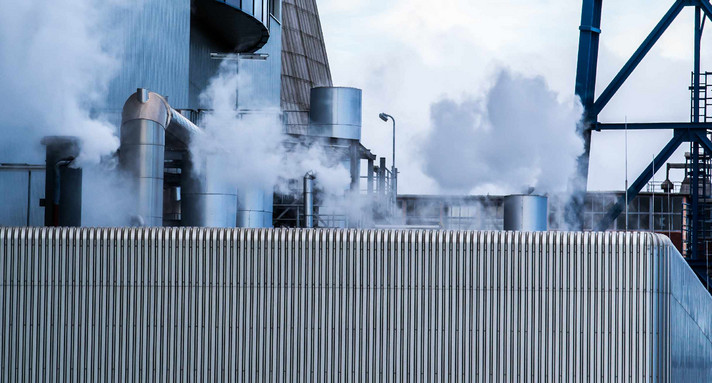In 2010 the EU issued the Industrial Emissions Directive (Directive 2010/75/EU) to prevent and reduce harmful emissions from industrial processes. It governs the licensing and monitoring of particularly environmentally sensitive industrial plants. In Germany, the Accident Prevention Ordinance ensures the technical safety of industrial operations involving large quantities of hazardous substances. It also transposes the Seveso II and III Directives issued by the EU into German law. The specifications are regularly reviewed by the authorities.
Chemical products are used in almost all spheres of life and of production today. In Baden-Württemberg alone there are approximately 300 companies dealing with particularly dangerous substances, including major hazardous substance and pesticide stores.
To avoid the danger of serious accidents, the European Community issued Directive 96/82/EC (Seveso II Directive) and subsequently Directive 2012/18/EU (Seveso III Directive), which were transposed into German law with the Accident Prevention Ordinance, among others.
In both technical terms and with regard to documentation (e.g. safety report), the EU places high requirements on the operator. In particular, the Accident Prevention Ordinance governs the safety standards in companies and the required safety management. Great value is placed on transparency; operators must regularly provide the public with information on their company. Compliance with the Ordinance is checked by means of regular on-site inspections.
Links
European Commission: Industrial accidents EUR-Lex: Seveso III Directive (German version)Federal Ministry for Environment, Climate Action, Nature Conservation and Nuclear Safety: Accident Prevention Ordinance (German version)
In 2010 the EU issued the Industrial Emissions Directive (Directive 2010/75/EU) to prevent and reduce harmful emissions from industrial processes. It governs the licensing and monitoring of particularly environmentally sensitive industrial installations on the basis of a cross-media plan. This approach also covers emissions to the air, water and soil as well as all waste management aspects, resource and energy efficiency and the prevention of accidents.
The Directive is based on 3 pillars:
- Implementation of a cross-media, integrated licensing and monitoring procedure.
- Best-available techniques are to be used in the installations.
- The public can obtain information online about the most important pollutants from these installations. The emissions from all installations will be summarised and presented to the public in the European Pollutant Emission Register.
More than 1000 installations in Baden-Württemberg are covered by the Directive. The aim is to achieve a high level of overall protection for the environment. On the basis of a monitoring plan in force across the state, the competent authorities for these installations draw up monitoring programmes and check permit conditions during on-site inspections. The monitoring programmes and reports are made accessible to the public on the internet site of the LUBW - the State Institute for the Environment, Measurements and Nature Conservation for Baden-Württemberg.
Links
Download
Monitoring plan for Baden-Württemberg [PDF; 10/13] (German version)Register of industrial emissions installations in Baden-Württemberg (Annex 1) [PDF; 06/13] (German version)

